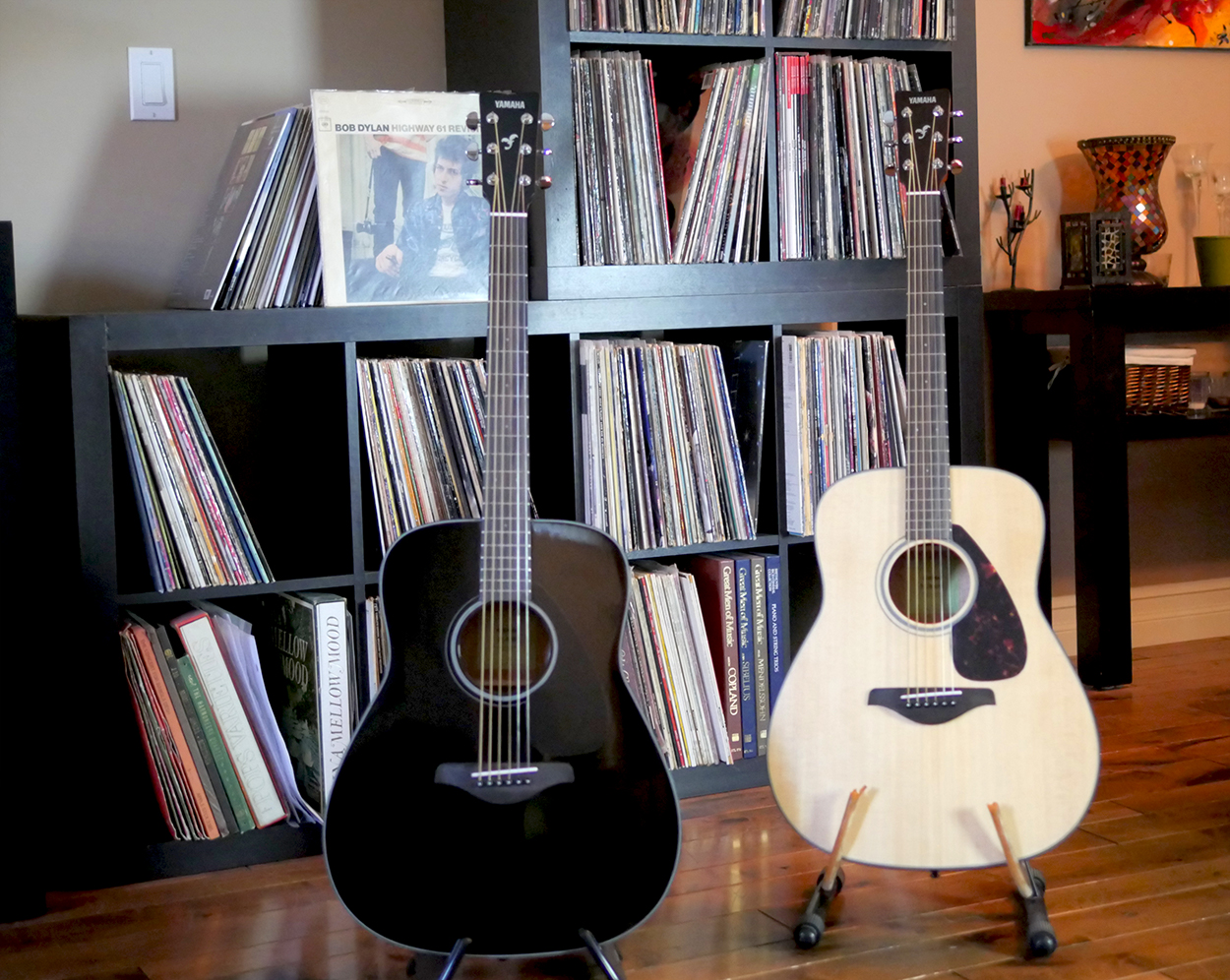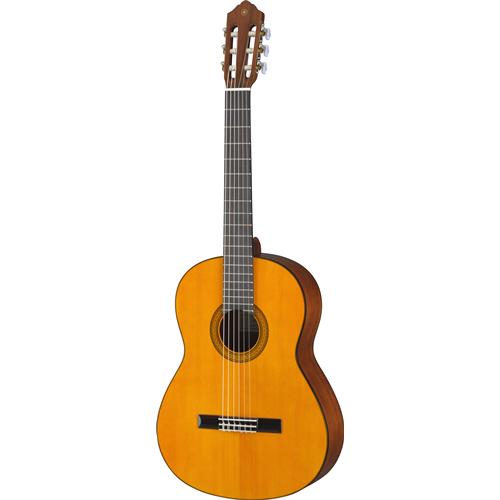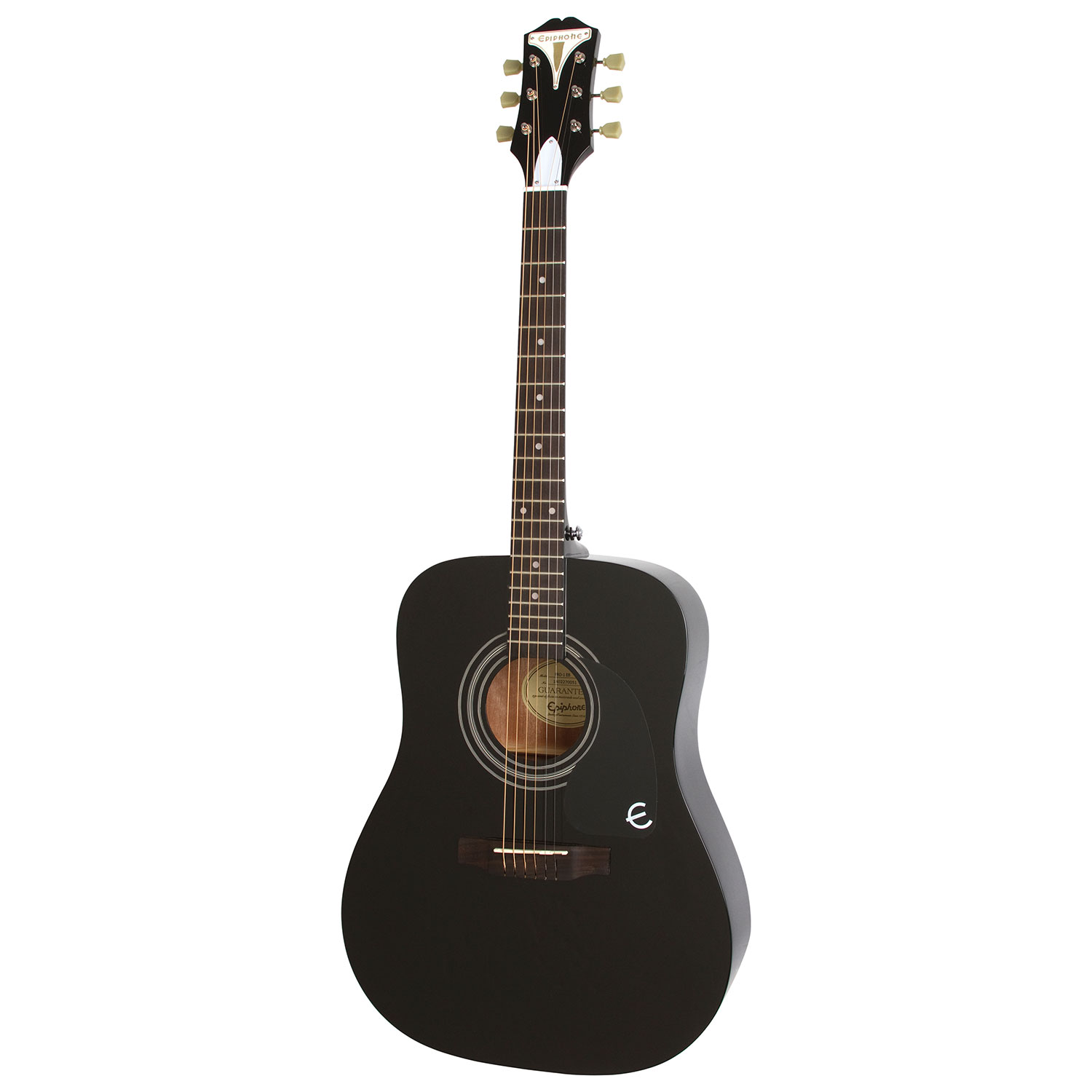 I remember when I first picked up a guitar, plucked a few strings, and knew right then and there that this was for me. Simple as that. I also remember the first time I walked into a music store and was absolutely overcome with anxiety because I didn’t really know what was what and felt that awkward and totally out of place feeling you get when you enter a foreign world. Guitars, like almost everything else in fact, have a language all of their own, and understanding just the basics can give you a decent grounding in the field as well as help you know better what you are looking for and why.
I remember when I first picked up a guitar, plucked a few strings, and knew right then and there that this was for me. Simple as that. I also remember the first time I walked into a music store and was absolutely overcome with anxiety because I didn’t really know what was what and felt that awkward and totally out of place feeling you get when you enter a foreign world. Guitars, like almost everything else in fact, have a language all of their own, and understanding just the basics can give you a decent grounding in the field as well as help you know better what you are looking for and why.
Rule #1 of guitars is that there really are no hard set rules. I can say for instance that guitars fall into one of two categories, Acoustic and Electric, and while that is generally the case, there are hybrid guitar models that straddle these barriers. I could also say guitars come in 6 or 12 strings and while that is “mostly” the case, there are obvious exceptions to this as well. So keep in mind as you read through this that I am presenting a general overview of the guitar realm but in no way is this comprehensive. Slightly confused and worried at this point? Good, then let’s move on.
ACOUSTIC GUITARS
 Acoustic guitars refers to a guitar that generally has a large hollow body and a sound hole underneath the strings. The strings on the guitar vibrate when struck, which produces sound waves. The sound hole (in conjunction with the top and bottom of the guitar) projects the vibrating strings’ sound wave outward, producing the sound we hear. The string’s thickness and tension determines the frequency it vibrates at (this applies to all guitar types), and it is the speed of the vibration that produces the specific note that is heard. A true acoustic guitar has no electronic components and comes in two general types.
Acoustic guitars refers to a guitar that generally has a large hollow body and a sound hole underneath the strings. The strings on the guitar vibrate when struck, which produces sound waves. The sound hole (in conjunction with the top and bottom of the guitar) projects the vibrating strings’ sound wave outward, producing the sound we hear. The string’s thickness and tension determines the frequency it vibrates at (this applies to all guitar types), and it is the speed of the vibration that produces the specific note that is heard. A true acoustic guitar has no electronic components and comes in two general types.
NYLON STRING ACOUSTIC
 The first is the nylon string acoustic guitar, or the classical guitar as it is often referred to as. It was also the guitar of choice for many 60s Folk artists and is the foundation of the Spanish Flamenco sound. As the name suggests, it has nylon strings, although the bottom 3 are a nylon core generally wound with bronze or copper. One of the main advantages of starting to play guitar on a nylon string acoustic, as I did, is that the strings are under significantly less tension than they are on steel string acoustics, and when you combine that with the nylon material, they are much easier on your fingers during the learning stages. Once you’ve been playing any guitar for a while, however, you build up callouses and this point becomes moot. Potentially the biggest downside to learning guitar on a nylon string is that they have a much wider neck than steel string acoustics or electrics and it can be difficult to navigate the fretboard for those with smaller hands. Classical guitar also refers to the style of playing and features more finger picking, although this guitar is limitless in musical stylings and can be used to play anything. The sound is full, warm, and smooth. For an example of one of my favourite classical guitar players, and my first guitar hero, hit YouTube and search for Liona Boyd.
The first is the nylon string acoustic guitar, or the classical guitar as it is often referred to as. It was also the guitar of choice for many 60s Folk artists and is the foundation of the Spanish Flamenco sound. As the name suggests, it has nylon strings, although the bottom 3 are a nylon core generally wound with bronze or copper. One of the main advantages of starting to play guitar on a nylon string acoustic, as I did, is that the strings are under significantly less tension than they are on steel string acoustics, and when you combine that with the nylon material, they are much easier on your fingers during the learning stages. Once you’ve been playing any guitar for a while, however, you build up callouses and this point becomes moot. Potentially the biggest downside to learning guitar on a nylon string is that they have a much wider neck than steel string acoustics or electrics and it can be difficult to navigate the fretboard for those with smaller hands. Classical guitar also refers to the style of playing and features more finger picking, although this guitar is limitless in musical stylings and can be used to play anything. The sound is full, warm, and smooth. For an example of one of my favourite classical guitar players, and my first guitar hero, hit YouTube and search for Liona Boyd.
STEEL STRING ACOUSTIC
 The steel string acoustic guitar has a much slimmer neck than its classical sibling, which is good, but with the added tension in the strings, can be daunting to new guitar players as it isn’t always friendly with your fingers. This does get better with time and you simply have to fight through it. I remember when I got my first steel string, there were days at the beginning when I simply couldn’t play because my fingers hurt that much. Don’t give up at this point as many are wont to do. The most universal iteration of the steel string acoustic guitar is the six-string version, although you can also get it with 12 strings. A six-string acoustic guitar can be strummed or picked (with a guitar pick or fingers) or both and is also accommodating to essentially every musical genre. A 12-string acoustic takes the same 6 strings as the standard acoustic and doubles them, either tuned in unison or an octave away from the other string. The result is an incredibly full resonate sound that “shimmers” with a natural chorus effect. The neck is slightly wider as well to accommodate the extra strings and is instantly visually identifiable due to the numerous tuning pegs on the extra long headstock.
The steel string acoustic guitar has a much slimmer neck than its classical sibling, which is good, but with the added tension in the strings, can be daunting to new guitar players as it isn’t always friendly with your fingers. This does get better with time and you simply have to fight through it. I remember when I got my first steel string, there were days at the beginning when I simply couldn’t play because my fingers hurt that much. Don’t give up at this point as many are wont to do. The most universal iteration of the steel string acoustic guitar is the six-string version, although you can also get it with 12 strings. A six-string acoustic guitar can be strummed or picked (with a guitar pick or fingers) or both and is also accommodating to essentially every musical genre. A 12-string acoustic takes the same 6 strings as the standard acoustic and doubles them, either tuned in unison or an octave away from the other string. The result is an incredibly full resonate sound that “shimmers” with a natural chorus effect. The neck is slightly wider as well to accommodate the extra strings and is instantly visually identifiable due to the numerous tuning pegs on the extra long headstock.
STEEL STRING ELECTRIC GUITARS
 Often this is what people think of when they think of a guitar. Popularized by such early players as Les Paul and T-Bone Walker, the six-string electric was behind the rock sound that emerged in the 1950s and brought the electric guitar into the mainstream. Most electric guitars differ from acoustics in that they have solid bodies. Since there is an electric component (a pickup) under the strings that takes the vibrating string sound and transmits it through a cord to an amplifier which pumps it though a speaker, there is no need for a built in sound hole or soundboard. So obviously, you need a guitar amplifier to take advantage of this particular type of guitar but can also add guitar based effects to alter the sound before it is output. The electric guitar is used in essentially every musical style that there is but is primarily associated with blues/jazz/rock/hard rock/metal/punk… As I started to list those I realized that it does cross all barriers.
Often this is what people think of when they think of a guitar. Popularized by such early players as Les Paul and T-Bone Walker, the six-string electric was behind the rock sound that emerged in the 1950s and brought the electric guitar into the mainstream. Most electric guitars differ from acoustics in that they have solid bodies. Since there is an electric component (a pickup) under the strings that takes the vibrating string sound and transmits it through a cord to an amplifier which pumps it though a speaker, there is no need for a built in sound hole or soundboard. So obviously, you need a guitar amplifier to take advantage of this particular type of guitar but can also add guitar based effects to alter the sound before it is output. The electric guitar is used in essentially every musical style that there is but is primarily associated with blues/jazz/rock/hard rock/metal/punk… As I started to list those I realized that it does cross all barriers.
IN CONCLUSION
A reminder, this is an oh so brief overview and as I mentioned earlier, there are exceptions. For instance, the electric acoustic guitar, which looks like a typical steel string acoustic but has a built in pickup so you can plug it into an amp and crank it out. You can also get electric guitars with 7 or 8 strings, usually at the low end of the register to make VERY heavy sounds, as more and more manufacturers are producing them. There are also numerous subcategories within each of the headings as well. And lest I forget our four string brothers, there is also the Bass Guitar (which can also come with more than 4 strings) who provide every song with that rhythmic low end groove that brings everything to life. The materials used in the construction of the guitar is where you see the price differences as well. Different woods react differently to the vibrations and help to produce different tones. But that is for a different blog. Now that you know a little bit more, I hope you are able to track down what you are looking for, and I look forward to hearing you in the future. All the best and have fun! \m/



